
Moving to California: Living in the Golden State
Mar 31, 2023 / Alyssa Duranty
California: It’s the state for innovators, dreamers and hard workers. If that’s you, join the large crowd of people moving to California for the near-perfect weather. Oh yeah, and the beach. And wine. Oh, and entertainment. Wait, what’s not there?
Contrary to popular belief, not just movie stars and tech billionaires live in California. The state is pretty crowded, but there seems to be room for everybody. The Golden State prides itself on inclusivity.
If you’re ready to try your hand at the Cali life, keep reading to hear about the different areas of the state to figure out which one may be best for you. From the vineyards in lush Northern California — down to the sandy shores of Southern California – there’s a lot in between.
The California Economy
California’s gross domestic product is the fifth largest in the world. It’s bigger than those of France, Italy and India. It beats Texas by $1 trillion and New York by $1.2 trillion.
It is a very diverse economy, led by finance, real estate and professional services.
The tech industry is a huge contributor, as are the arts and entertainment. Despite the Silicon Valley/Hollywood image, California still has the largest manufacturing base in the country, booming ports and an agricultural sector that helps to feed the world.
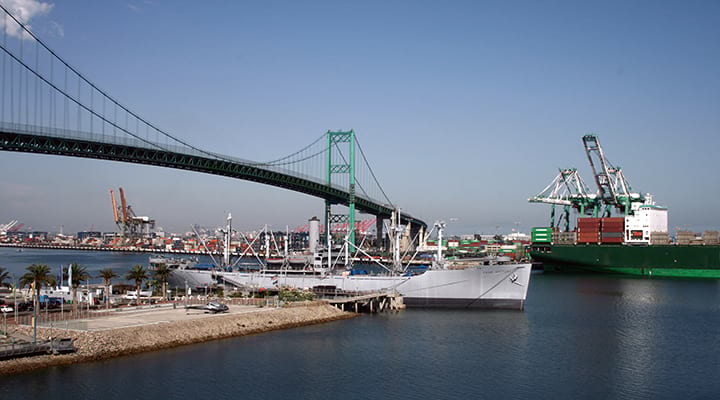
Image by Prayitno
Cost of Living in California: It’s High
Software engineers, tech investors and financial experts seem to be seeing the greatest gains from California’s success. Their incomes are driving up the cost of living for everyone else, especially when it comes to housing costs.
The zip codes in Silicon Valley are by far the most expensive in the state, beating out places such as Beverly Hills, Bel Air and Santa Monica. This puts new arrivals in a tough place. You may have landed a great job building Teslas in Fremont, but you might have to live 60 miles away in Hollister to afford the rent.
Moving to California: It’s Very Crowded
One in three Americans — 39.5 million people — lives in California. That’s more people than in all of Canada, and most of them live in two metro areas: the Bay Area and Los Angeles.
Buying groceries, going to the bank, dropping off kids at school — you’ll find yourself waiting in line everywhere you turn. The crowds might make you feel like pulling a U-turn and heading home, but try to take advantage of the reasons you moved to California — the beach, Disneyland, wine tastings.
Don’t worry; you’ll adjust and figure out ways around the crowds. Driving the I-5 is smooth sailing at 10 p.m., and going to Six Flags on a rainy Saturday in February is the best thing ever.
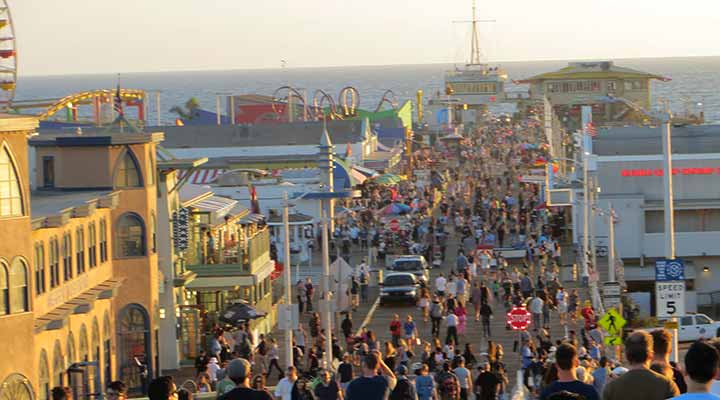
Image by David Wilson
California, Traffic and Commuting
With the exception of parts of the Bay Area, California runs on cars and traffic. It’s a common sight to see bright red routes on traffic maps most days. On California’s more populated streets and freeways, 2 p.m. may be just as crowded as rush hour.
Cities are trying to reverse the sprawl and commutes that create those traffic jams. San Francisco has a new Bay Bridge and new train lines. Los Angeles is rebuilding its Metro. Neighborhoods are getting denser and people are living closer to work. Some people are even ditching their cars in favor of Lyft, Uber and car sharing.
But realistically, for the foreseeable future, you’ll almost certainly want a car in California, no matter where in the state you end up living.
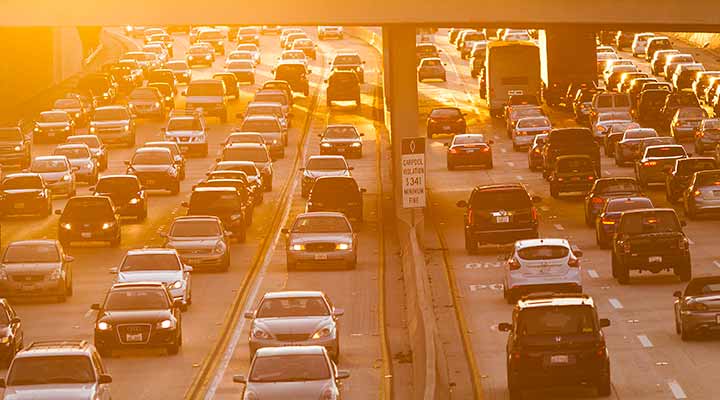
Image by Scott L
California Freeways: Talk Like a Local
People in Southern California almost never say “interstate,”; “route”; or “highway.”; A highway that most of the country would call “Interstate 5”; or “I-5”; is called “the 5”; in Southern California. This goes for almost every major roadway including the PCH (Pacific Coast Highway), the 101 and the 10.
Why the “the?”; Most theories point to the fact that Los Angeles was the birthplace of freeways. Early on, they were named after places: the Arroyo Seco Parkway (1933), the Hollywood Freeway (1940), the Ventura Freeway (1960). As the Interstate Highway System started numbering things, the convention stuck. That’s why you’ll hear people call the same stretch of road the Santa Monica Freeway and the 10.
Where to Live in California
California is big and diverse, so it all depends on what you like and what you can afford. Here’s some information about California’s major regions so you can get a big-picture idea of all the possibilities in the state.
For details about specific California cities, check out these articles:
California’s Regions
California is the third-biggest state geographically. Its coastline stretches 840 miles from the deserts of Baja to the rainforests of Oregon. Latitude, mountain ranges and waterways divide the state into eight regions (at least), each with its own economy and culture. Which part of California is right for you? That depends on where, what and, to some extent, who you want to be.
Upper California: Upper California, which includes areas like Eureka, Redding and Mt. Shasta, is mountainous, forested and rural. It’s ecologically far closer to Oregon than to San Francisco or Los Angeles. Culturally, it’s on the conservative side. Economically, the region struggles with higher unemployment than the state average. Beauty-wise, it’s off the charts.

Image by Ken Lund
Wine Country: Stretching north from San Francisco is some of the world’s most productive soil for vineyards. Napa and Sonoma you probably know, but there is more to the region than the tourist towns. Places like Santa Rosa and Calistoga are relatively affordable.
The Bay Area: The Bay Area, including the cities of San Francisco, Silicon Valley, Oakland and Berkeley, is an economic, cultural and social dynamo. It’s been the global home for all things tech for generations. Apple, Google and Facebook all have headquarters here. It has mass transit that can get you to work and play, plus an endless variety of people, places and opportunities. It’s also incredibly beautiful. But it’s going to cost quite a bit to live there.

Image by Fraco Folini
Central Coast: Santa Cruz through Monterey and San Luis Obispo to the Santa Ynez Mountains north of Santa Barbara is California’s beautiful, lightly developed central coast. This is Big Sur County, where the Pacific Coast Highway flies cliff-side above the Pacific. Tourism, hospitality and education are the industries here.
The Central Valley: From Fresno to the Tehachapi Mountains and between Bakersfield and Los Angeles is one of the most fertile farming regions in the world. Farmers grow everything from almonds and grapes to broccoli, rice and nectarines. Since the climate is so mild, they can do it year-round. The valley has its struggles — the air pollution can be worse than in Los Angeles or San Francisco — but your quality of life, not to mention your rent, may be far better.
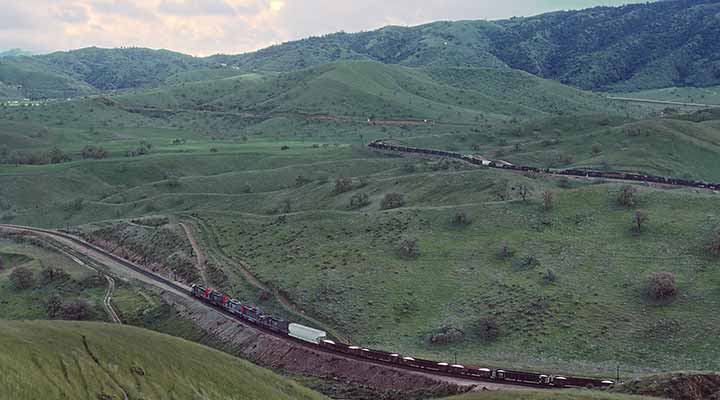
Image by Marty Bernard
The Sierra Nevadas: The Sierras slice the state in half lengthwise from Lake Tahoe to just east of Bakersfield. From the west, the Sierras rise slowly to form the foothills and canyons of Yosemite and Sequoia national parks. To the east, the mountains drop from 14,000 feet above to 282 feet below sea level in Death Valley. Most businesses in the area rely on the outdoors (skiing, hiking, climbing) and general tourism.
The Inland Deserts: Death Valley, the Mojave, the Coachella — the inland deserts sit in the rain and breeze shadow of the Sierra and San Gabriel mountains. Most desert dwellers live in the Indio/Palm Springs area, where tourism, date farming and music festivals keep folks employed. It’s also a hot spot to retire (literally!).
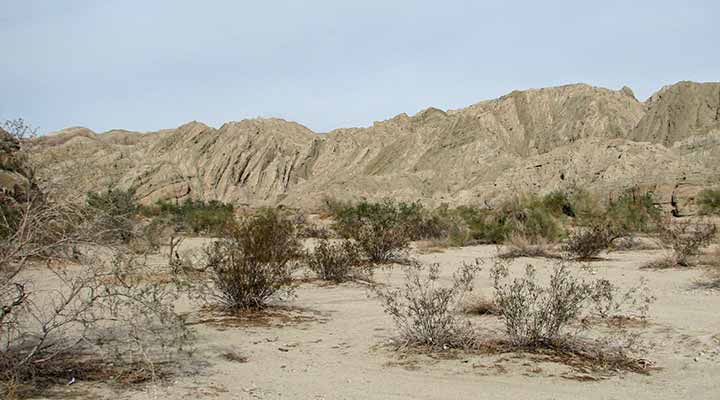
Image by Patrick Denker
Southern California: Thanks to the cool Pacific Ocean, the Southern Coast gets to combine the sunshine of the desert with mild temperatures all year long, except for a few weeks in June, when morning clouds block the sun. Los Angeles anchors the SoCal economy, which creates about one-third of the output of the Bay Area. SpaceEx, Boeing and Northrop Grumman are leading an aerospace revival, the ports are the busiest in the world, and LA’s tech scene is booming.






